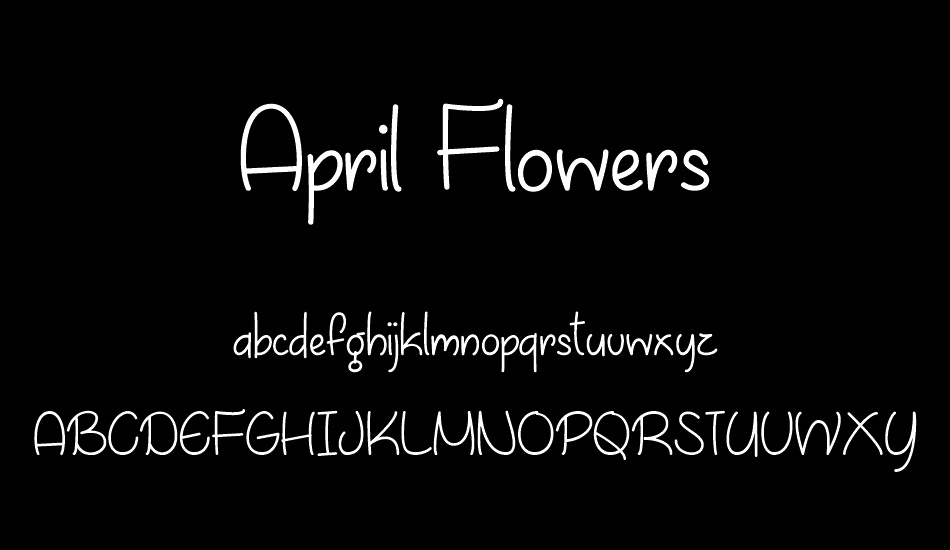

#Installing a fontfont otf vs ttf install
When you manually install a font or copy a font into the Fonts folder using the shell methods, explorer.exe will call this AddFontResource API too (and again explorer.exe runs in each user's session).
#Installing a fontfont otf vs ttf windows
A specific Windows API function (AddFontResource) needs to be called to actually make a font available to a user' session, and this happens during logon as winlogon.exe loops through each value in the reg key that has already been mentioned and for each one calls the AddFontResource API to install that font for the user (winlogon.exe runs in the user's session so the fonts it installs are available for that user when the logon has completed). However, every time a user logs on every font that has been installed on the system gets added to the list of fonts that are available for that logon session. When a font is installed it is only made available to that user's session that it was installed from. The at-rule may be used not only at the top level of a CSS, but also inside any CSS conditional-group at-rule.Just to explain why you need to log back on after installing a font from a computer startup script or GPO Preference (or anything not running as the currently logged on user) : It's common to use both url() and local() together, so that the user's installed copy of the font is used if available, falling back to downloading a copy of the font if it's not found on the user's device. The ability to specify the name of a locally-installed font to look for and use makes it possible to customize the font beyond the basics while making it possible to do so without relying on an Internet connection. Otherwise, the font resource specified using the url() function is downloaded and used.īy allowing authors to provide their own fonts, makes it possible to design content without being limited to the so-called "web-safe" fonts (that is, the fonts which are so common that they're considered to be universally available). If the local() function is provided, specifying a font name to look for on the user's computer, and the user agent finds a match, that local font is used. To provide the browser with a hint as to what format a font resource is - so it can select a suitable one - it is possible to include a format type inside a format() function: This can be a URL to a remote font file location or the name of a font on the user's computer.


Specifies the resource containing the font data. This makes it easier to harmonize the designs of various fonts when rendered at the same font size. size-adjustĭefines a multiplier for glyph outlines and metrics associated with this font. line-gap-overrideĭefines the line gap metric for the font. font-variation-settingsĪllows low-level control over OpenType or TrueType font variations, by specifying the four letter axis names of the features to vary, along with their variation values. font-feature-settingsĪllows control over advanced typographic features in OpenType fonts. Accepts two values to specify a range that is supported by a font-face, for example font-weight: 100 400 font-variantĪ font-variant value. Accepts two values to specify a range that is supported by a font-face, for example font-style: oblique 20deg 50deg font-weightĪ font-weight value. Accepts two values to specify a range that is supported by a font-face, for example font-stretch: 50% 200% font-styleĪ font-style value. Specifies a name that will be used as the font face value for font properties. font-displayĭetermines how a font face is displayed based on whether and when it is downloaded and ready to use. descent-overrideĭefines the descent metric for the font.


 0 kommentar(er)
0 kommentar(er)
